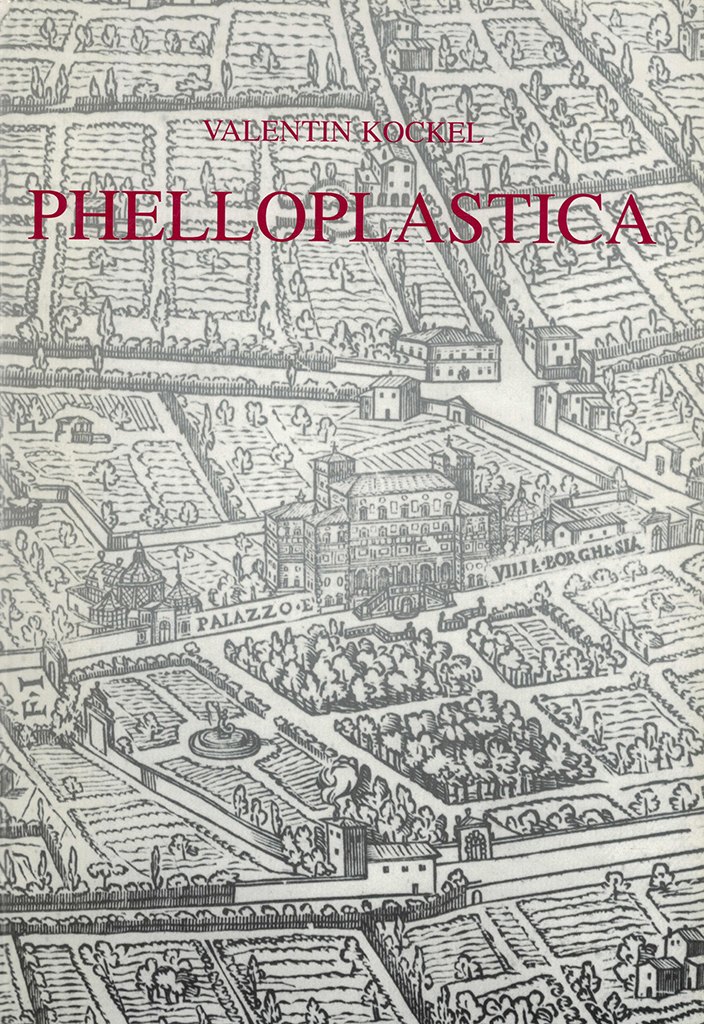All content of Opuscula 13 is available with open access. Printed edition distributed by Eddy.se AB. Also available at Amazon.com, Adlibris, and Bokus. View volume at ERIH PLUS. The Old Cemetery for Foreigners in Rome with a new Inventory of its burials By Nicholas Stanley-Price (Non-Catholic Cemetery for Foreigners, Rome, Italy) Abstract From at least 1716 until formal closure of the Cemetery in 1822, non-Catholic foreigners dying in Rome were usually buried adjacent to the Pyramid of Gaius Cestius in Testaccio. Some 80 stone monuments in the Old Cemetery were systematically recorded in the 1980s. To these can now be added a similar number of burials known from travel accounts and archival sources. This new, combined Inventory of 157 entries provides notes on the life and death in Rome for each individual. Its information modifies current perceptions that the Old Cemetery burials reflect mainly an élite, male population of Grand Tourists and aristocrats. Women are better represented, as are a wide range of professions, crafts, and domestic roles. A reassessment of the Cemetery’s layout leads to conclusions about its original extent, the first appearance of stone memorials in the 1760s, and the deliberate planning of graves in a burial-ground usually…
City of the Soul. The literary making of Rome Edited by Sabrina Norlander Eliasson & Stefano Fogelberg Rota. Published by the Swedish Institute of Classical Studies in Rome. Distributed by Eddy.se AB. How Rome was experienced and conveyed in travel literature from the centuries preceding and following the period of the Grand Tour is the subject of this book. Its point of departure was the international and interdisciplinary conference The City of the Soul. The literary making of Rome, held at the Swedish Institute in Rome (9–10 September, 2010). The authors of the 13 essays contained in the book examine the writings of both renowned and less known travellers from different countries (Sweden, France, England, United States, etc.). The great variety of angles and perspectives presented in the book depends on the different motives and expectations of the examined authors. Their writings (travelogues, poetry, novels, letters, intimate diaries, etc.) show the Eternal City not only as a topographic reality but also as a complex myth embracing the idea of Western civilisation. Contents Introduction Sabrina Norlander Eliasson & Stefano Fogelberg Rota | The literary making of an eternal city Setting the premises Anders Cullhed | “Rome as a trope”. Some early…
Phelloplastica. Modelli in sughero dell’architettura antica nel XVIII secolo nella collezione di Gustavo III di Svezia By Valentin Kockel, with a contribution by Magnus Olausson. Published by the Swedish Institute of Classical Studies in Rome. Distributed by Astrom Editions. This volume treats the art of making cork models of ancient architecture in the work of Giovanni Altieri, one of the best-known modellers of the 18th century. It was from him that the Swedish king Gustavus III bought all his models. A popular method of reproducing the ruins of Rome three-dimensionally, and of introducing them into central and northern Europe, was cork models. These may be compared to plaster casts or small-scale copies of ancient sculpture. Because of its porosity, cork proved optically ideal for the portrayal of ancient ruins, and it could also be easily transported, as it was so light. The craftsmanship follows the tradition of the Nativity artisans of Naples. Travellers to Italy valued the cork models as representations of widely admired Roman architecture and could also transfer to them their fascination for the ruins, which were seen as symbols of transience. Nos. 1–5 of the catalogue depict buildings from Rome and Tivoli that also constituted the repertoire…



